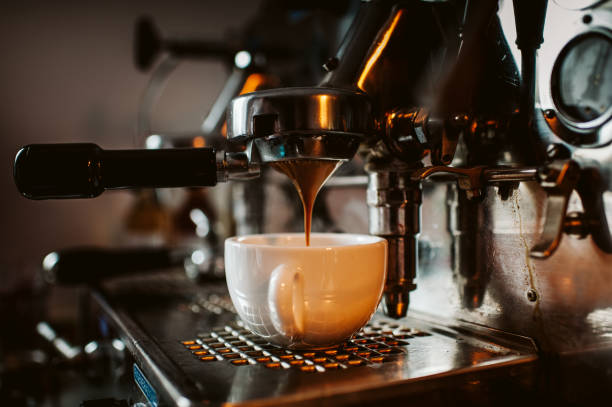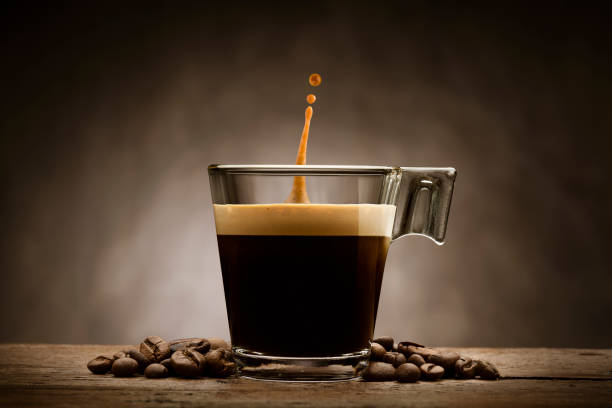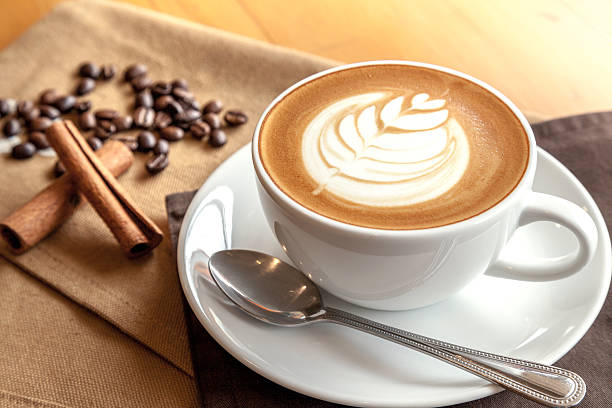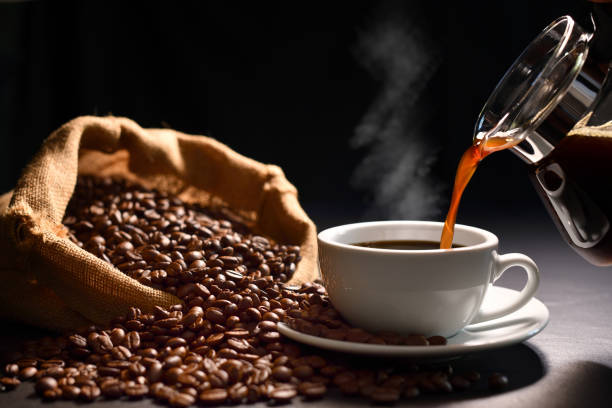Espresso vs. Brewed Coffee: Which Is Better?
If you’re a coffee lover, or even walked by a coffee shop, you’ve probably heard of espresso and may have tasted it. But if you’re a newbie to coffee, you’ve probably heard of espresso and assumed it was another name for coffee.
Although they are both coffee drinks, espresso and regular coffee vary more than you can imagine. So in this article, we will distinguish between both and explore their caffeine levels. We will provide you with the information you need to choose between Espresso and coffee.
So grab a cup, and let’s dive in!
How Is Espresso Made vs. Coffee?
The major difference between espresso and regular coffee is the brewing method used. The brewing method influences the concentration and intensity of what you drink.
Espresso: To make espresso, hot water is forced through finely coffee grounds under high pressure using an espresso machine. The pressure and the finely ground beans allow the hot water to extract a concentrated, full-bodied shot of coffee in just a few seconds.
After the extraction process, the resulting drink is served in a small, demitasse-sized cup and is usually stronger and more intense than regular coffee.
Coffee: Coffee, on the other hand, can be made using various brewing methods, including drip brewing, French press, pour-over, and more. In drip brewing, hot water is poured over ground coffee beans and allowed to drip through a filter into a carafe or mug.
French press brewing involves steeping coarsely ground coffee beans in hot water for several minutes before pressing a plunger to separate the grounds from the brewed coffee. Pour-over brewing involves slowly pouring hot water over ground coffee beans in a filter, allowing the brewed coffee to drip into a carafe or mug.
Espresso’s intensity is more than regular coffee since espressos are made using higher pressure on the beans. The effect on the drinker also differs.
What’s the Difference Between Espresso Drinks and Coffee Drinks?
If you haven’t been drinking coffee for long, you may not notice the taste difference between an espresso drink and a coffee drink.
Espresso has a bolder and more intense flavor than regular coffee due to the high-pressure brewing with very little water. On the other hand, coffee tends to have a more mellow and subtle flavor.
Inspiration for newer flavors and brands of coffee drinks comes from espresso, like cappuccinos, lattes, black coffee, and Americanos. These drinks add steamed milk and other ingredients to the espresso shot to create a more balanced and complex flavor.
Regular coffee can also be flavored and served in various ways. Some examples include having your coffee with cream and sugar or having an iced coffee.
How Much Caffeine Is in Espresso vs. Coffee?
Generally, it is known that espresso has way more caffeine content due to its concentration than regular coffee. But then the serving changes everything;
The standard measure of a shot of espresso is 30ml of caffeine per ounce, and this ration contains 47-64 milligrams of caffeine.
On the other hand, regular coffee is served at 8 oz / 240 mL, which contains 95-165 milligrams of caffeine. So with these numbers, we can finally put the argument to rest and say regular coffee contains more caffeine than a shot of Espresso.
It is also very important to note that the caffeine level of any coffee drink is widely dependent on the type of coffee beans used.
For example, a small cappuccino (8 oz / 240 mL) made with a single shot of espresso might contain around 63-80 mg of caffeine, while a larger cappuccino (16 oz / 480 mL) made with two shots of espresso might contain around 126-160 mg of caffeine.
The caffeine content of espresso and coffee can vary widely. Still, espresso generally tends to have higher caffeine content. The reason behind this is due to the concentrated nature of the shot and the smaller serving size.
When to Order Espresso Drinks
Opting for espresso is the way to go if you want to cut down on your daily caffeine intake. You also get to enjoy the sweetness of steamed milk and the rich, bold taste of the beans. You could always still other another shot of espresso if you feel just one shot didn’t quite kick.
When to Order Coffee Drinks
This is for the early risers and round-the-clockers; you need a higher ration of caffeine to keep you active all day. If you want to make sure you get all the flavors of the espresso, you can always customize your orders. So you can now enjoy a feasible dose of caffeine together with sweet, enjoyable flavors.
Conclusion
When it comes to intensity, sweet and creamy feel, and purity, espresso takes home the crown for us. However, it is difficult to say which you should drink; that decision depends on a person’s preference.





